In the fast-paced world of SEO, standing out as an authority on a specific topic is crucial for website success.
To achieve this, implementing a strategic approach called topical map SEO is essential.
Topical authority not only boosts your website’s visibility but also improves its position in search results. By consistently sharing high-quality, relevant content about a chosen topic, you can establish trust with your target audience and become a reliable source of information.
Topical mapping, semantic SEO, keyword research, and interlinking are key components of this approach.
Let’s delve into the world of topical mapping and explore how it can drive your website’s SEO to generate more organic traffic.
- What Is Topical Authority in SEO?
- What is Semantic SEO?
- Understanding Topical Mapping in the Context of Semantic SEO
- Importance of Creating a Topical Content Map for SEO Success
- Expanding a Topical Map for Higher Topical Authority:
- Conducting Keyword Research for Topical Maps: Topic-Based Keyword Research
- Creating Topic Clusters: Grouping Keywords into Clusters:
- Implementing Interlinking: Hyperlinks and Structured Data
- Additional FAQs on Topical Map SEO
- Key Takeaways from Topical Map SEO
What Is Topical Authority in SEO?
Topical authority is a powerful strategy in the world of SEO, reflecting a website’s knowledge and trustworthiness on a specific topic.
Being seen as an authority on a particular topic in a crowded online space can make a website more noticeable and improve its position in search results.
A website must regularly share high-quality, relevant content about a chosen topic to become an authority. This doesn’t just mean articles and blog posts—it could be videos or any content its audience finds valuable.
Websites should share well-researched information, unique ideas, and practical tips that help build trust with their users and show that they’re a reliable source of information.
Being relevant is also critical to becoming an authority. The content should closely match the topic the website wants to be an authority in.
Search engines use several factors to judge relevance, such as keyword use, how much the content matches the topic, user interaction, and backlinks.
By consistently sharing relevant content, websites stand a better chance of being seen as an authority.
When a website is seen as an authority on a topic, it’s more likely to rank higher in search results. This can lead to more people finding the website organically. Because they found the site through a search, they’re more likely to trust and interact with the content.
Becoming an authority isn’t a quick process—it requires a long-term strategy.

This includes focusing on a specific niche, thoroughly researching popular topics, creating comprehensive content, staying updated on industry trends, and engaging with the community.
By sticking to these strategies, a website can gradually establish itself as an authority, enjoying the perks of higher search rankings and increased traffic.
What is Semantic SEO?
Semantic SEO is a strategy that goes beyond basic keyword matching. It strives to understand the meaning and context behind what users are searching for rather than simply matching keywords.
This approach allows websites to better match their content to what users are truly looking for, leading to more accurate and relevant search results.
In semantic SEO, it’s crucial to understand the user’s search intent or what they really want when they type in a search. This deeper understanding allows websites to align their content more effectively with what the user is seeking, providing them with more precise answers that meet their needs.
But semantic SEO isn’t just about keywords. It recognizes that words can have different meanings depending on the context.
By examining the relationships between words and considering the overall context of a search query, search engines can deliver results that are more relevant and helpful to users.
To make the most of semantic SEO, there are several steps websites can take. This includes creating high-quality content that addresses the user’s intent and uses relevant keywords naturally. Websites can also use structured data to help search engines understand the context of their content better.
Focusing on broader topics rather than individual keywords can capture related searches and provide more comprehensive answers.
Using LSI keywords, which are terms related to the main keyword, can further improve the semantic relevance of the content.
Additionally, it’s important to provide a good user experience. This includes ensuring the website loads quickly and is easy to use across all devices. Optimizing content for voice search can also enhance its semantic relevance, especially as the use of voice assistants continues to rise.
In today’s digital world, semantic SEO plays a significant role.
By focusing on the user’s search intent and delivering more relevant results, websites can increase their visibility, attract more organic traffic, and build trust with users by providing accurate and relevant answers to their search queries.
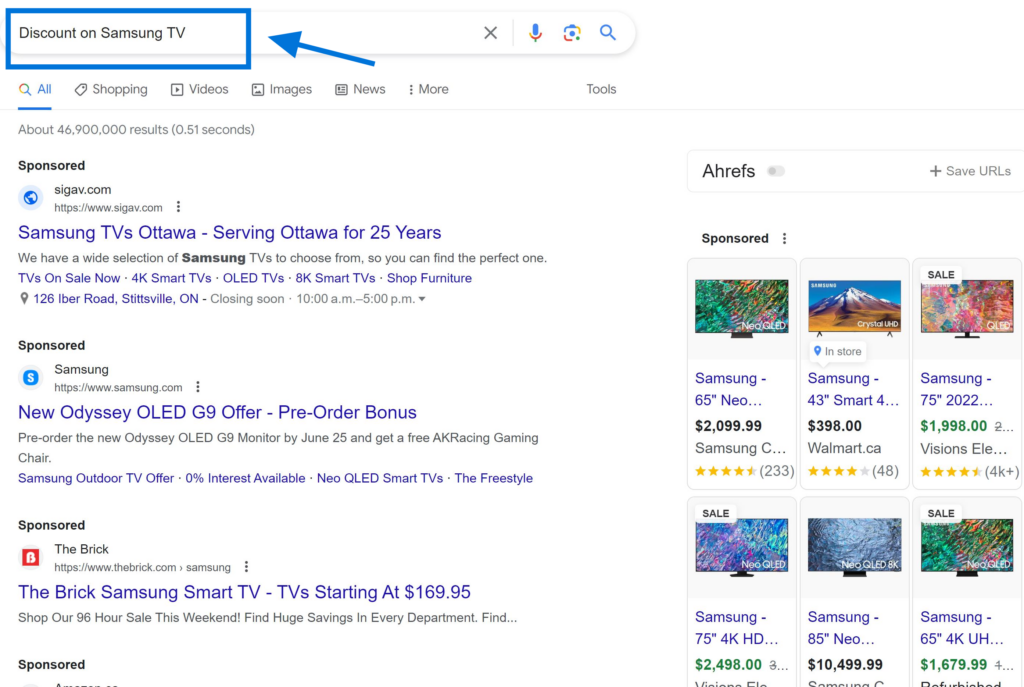
Understanding Topical Mapping in the Context of Semantic SEO
Topical mapping is a crucial aspect of semantic SEO that involves categorizing content into distinct topics or themes.
By organizing information in this way, websites can effectively communicate with search engines and enhance their overall visibility.
One of the primary benefits of topical mapping is that it helps search engines understand the structure and organization of a website’s content.
Instead of relying solely on individual keywords, search engines can now analyze the relationships between different topics within a site. This allows them to deliver more relevant results to users.
Through topical mapping, websites can establish clear connections between related topics. For example, if a website offers various recipes, it can group them based on different cuisines or dietary preferences.
This approach not only helps search engines comprehend the content better but also provides users with an intuitive navigation experience.
By implementing topical mapping strategies, websites can provide cohesive information to their users.
When visitors land on a webpage, they expect to find comprehensive details about the topic they are interested in.
With proper topical organization, websites can fulfill these expectations by presenting all relevant information coherently.
To illustrate further how topical mapping improves user experience and enhances SEO efforts, consider the following examples:
- A software company might have separate categories for solutions, use cases, industries, or product integrations.
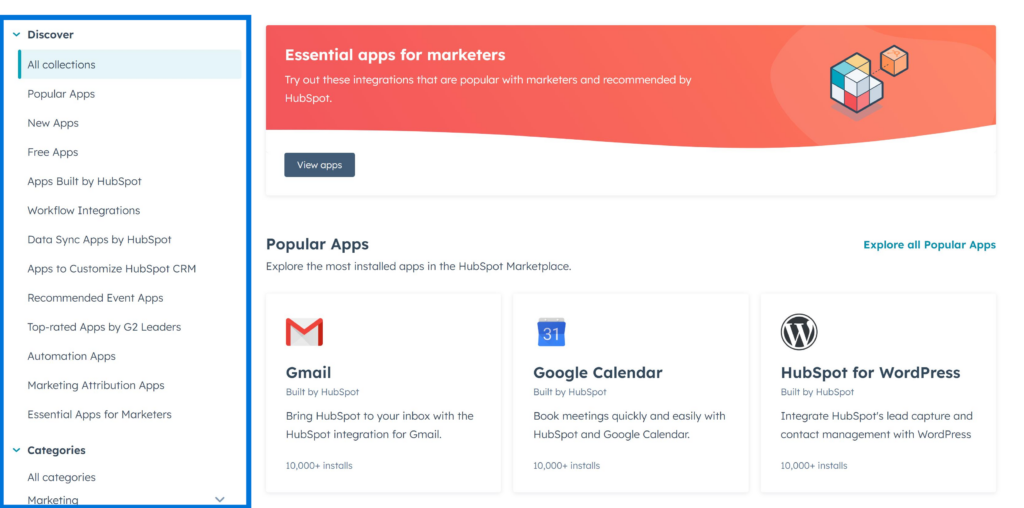
- An e-commerce website selling electronics could categorize products by categories, brand names, or cost.
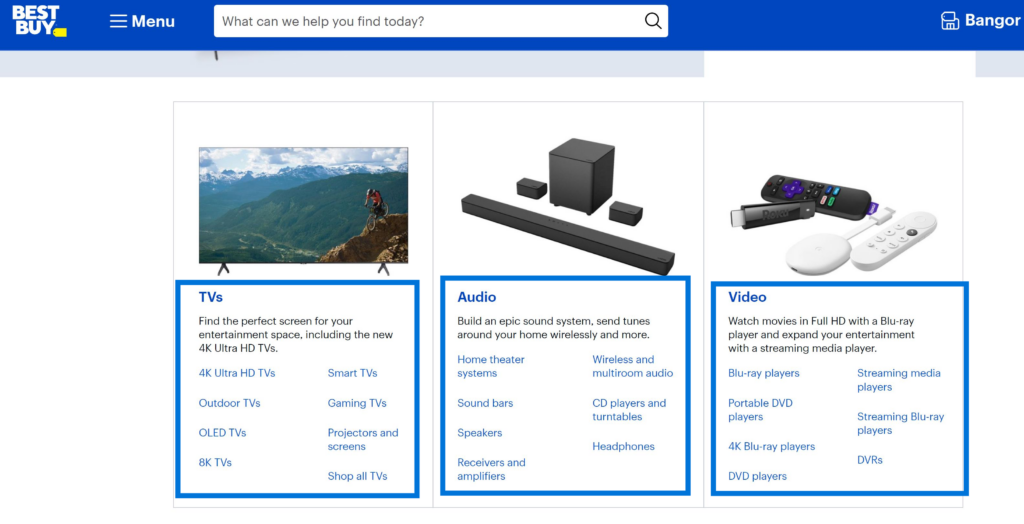
- A news website may organize articles based on different sections, such as politics, sports, entertainment, and technology.

In each case above, topical mapping ensures that visitors can easily navigate through relevant site content without feeling overwhelmed or lost.
Importance of Creating a Topical Content Map for SEO Success
A topical content map is an essential tool for any website’s SEO strategy. It outlines the structure and hierarchy of topics within a website’s content, ensuring that all relevant subtopics are covered comprehensively.
Let’s dive into why creating a topical content map is crucial for SEO success.
Comprehensive Coverage for Improved Visibility
One of the primary benefits of a topical content map is that it ensures comprehensive coverage of all relevant subtopics.
By identifying and organizing these subtopics, websites can create high-quality content that covers each aspect in-depth.
This comprehensive approach improves visibility in search results by signaling to search engines that the website has authoritative and valuable information on those topics.
Identifying Gaps and Expansion Opportunities
Creating a topical content map helps identify gaps in existing content and opportunities for expansion.
By mapping out the different subtopics, it becomes easier to see which areas are well-covered and which ones need more attention.
This insight allows websites to develop new content ideas that fill those gaps, attracting organic traffic from users searching for specific information.
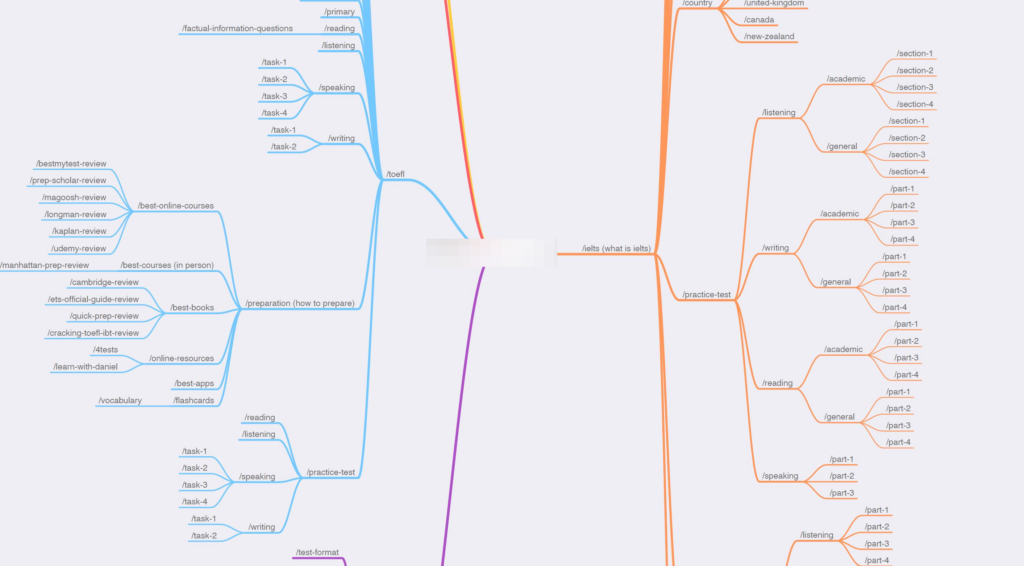
Strategic Targeting of Niche Market
With a well-organized topical content map, websites can strategically target different aspects of their niche market.
Each subtopic can be approached individually, allowing for focused optimization efforts.
By catering to various interests within their target audience, websites can attract more visitors and establish themselves as authorities in their field.
Structured Content Creation Process
A topical content map provides a structured approach to content creation.
Instead of randomly creating pieces without cohesion or purpose, websites can follow the map’s guidance to ensure each piece fits into the overall strategy.
This organized process enables the consistent production of high-quality content that aligns with user intent and satisfies search engine algorithms.
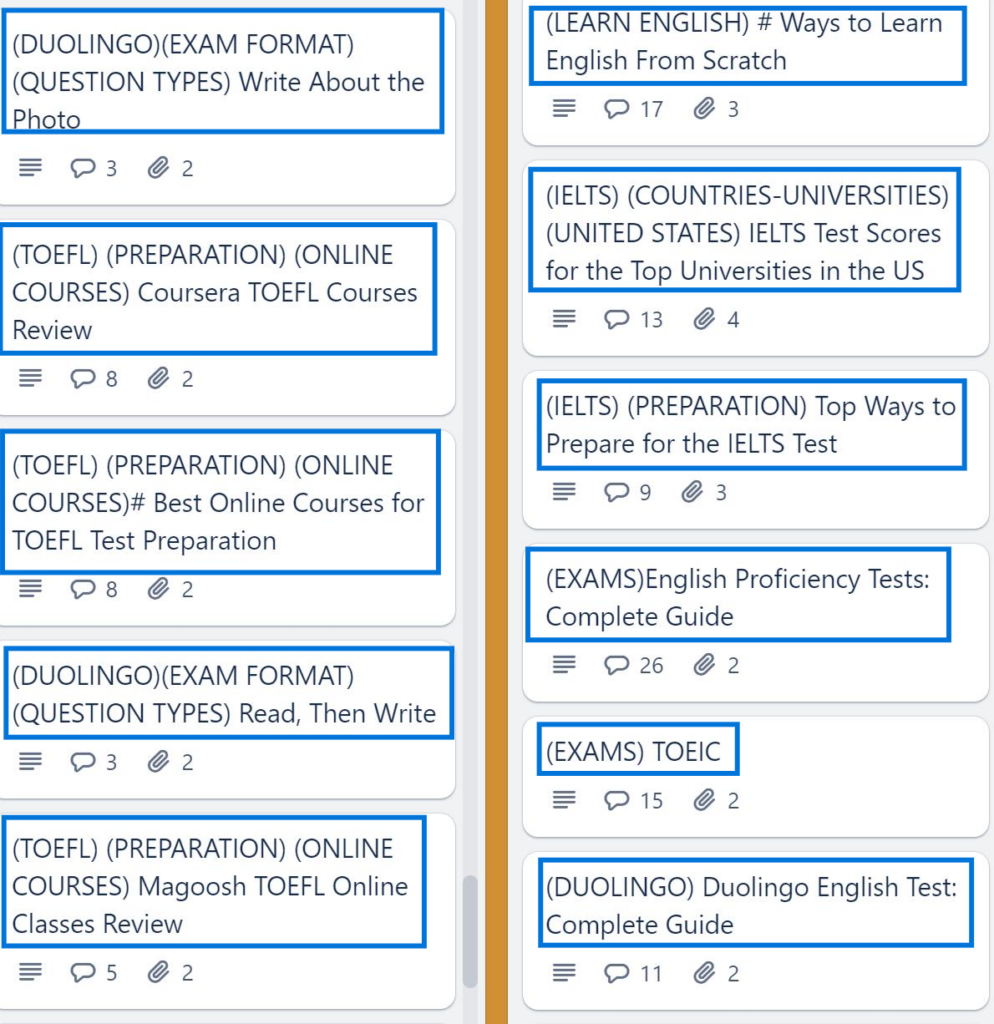
Collaboration between Content Manager and Team
The creation of a topical content map promotes collaboration between the content manager and the team responsible for producing the content.
With a clear plan in place, everyone can work together toward the common goal of creating valuable and relevant content.
The map serves as a visual representation of the content strategy, making it easier for team members to understand their roles and contribute effectively.
Expanding a Topical Map for Higher Topical Authority:
Expanding a topical map involves creating in-depth content on various subtopics within a broader theme. It’s like building a map with multiple layers, each representing a different aspect of the main topic.
By doing so, you can demonstrate your expertise and authority in specific areas of interest.
Think of them as hierarchies or structures that help organize information.
Each subtopic is like a piece of the puzzle, contributing to the overall understanding of the main topic.
By covering multiple aspects of a topic, websites can attract a wider audience and increase engagement.
- Demonstrate Expertise: When you expand your topical map, you delve into the depths of each subtopic. This allows you to showcase your knowledge and establish yourself as an expert in those specific areas. For example, if you have a website about fitness, expanding your topical map could involve creating detailed content on topics such as nutrition, workout routines, and injury prevention.
- Increase Engagement: By providing comprehensive information on various subtopics, you give your audience more reasons to stay on your website and explore different sections. This not only increases their engagement but also improves their overall experience with your brand.
- Attract a Wider Audience: People have diverse interests in any given topic. By expanding your topical map and covering different angles or facets of the main subject, you can cater to a broader range of audience segments. For instance, if your website focuses on gardening tips, expanding the topical map might include articles about indoor gardening techniques or landscaping ideas.
- Strengthen Topical Authority: Regularly updating and expanding the topical map strengthens your website’s overall topical authority by showing search engines that you are actively providing valuable content across various domains related to the main topic.
To expand your topical map effectively:
- Develop a plan: Identify key subtopics that are relevant to your main topic and create a roadmap for expanding your content.
- Conduct in-depth research: Dive deep into each subtopic, gather information from credible sources, and ensure accuracy in your content.
- Build a hierarchy: Organize your subtopics in a logical manner, creating a clear structure that users can easily navigate.
- Interlink relevant content: Linking related articles within your website helps search engines understand the connections between different subtopics and strengthens topical authority.
- Engage with experts: Collaborate with industry experts or guest writers who can contribute their knowledge to specific subtopics, further enhancing the depth of your content.
Remember, expanding a topical map is an ongoing process. Regularly updating and adding new content keeps your website fresh and ensures you stay ahead of the competition.
By providing valuable information across various domains within your niche, you establish yourself as an authority in the eyes of both search engines and users.
Conducting Keyword Research for Topical Maps: Topic-Based Keyword Research
What is Topic-based Keyword Research?
Topic-based keyword research is an essential aspect of SEO that focuses on identifying keywords related to specific topics or themes.
Unlike traditional keyword research, which primarily revolves around individual keywords, topic-based keyword research takes a broader approach by considering the context and relevance of keywords within a particular subject area.
Conducting topic-based keyword research offers several benefits for optimizing content and improving search engine visibility.
By analyzing search volume, competition, and relevance, website owners can select the most valuable keywords to target within their chosen topics.
This approach ensures that content aligns with both user intent and search engine algorithms, ultimately increasing the chances of ranking higher in search results.
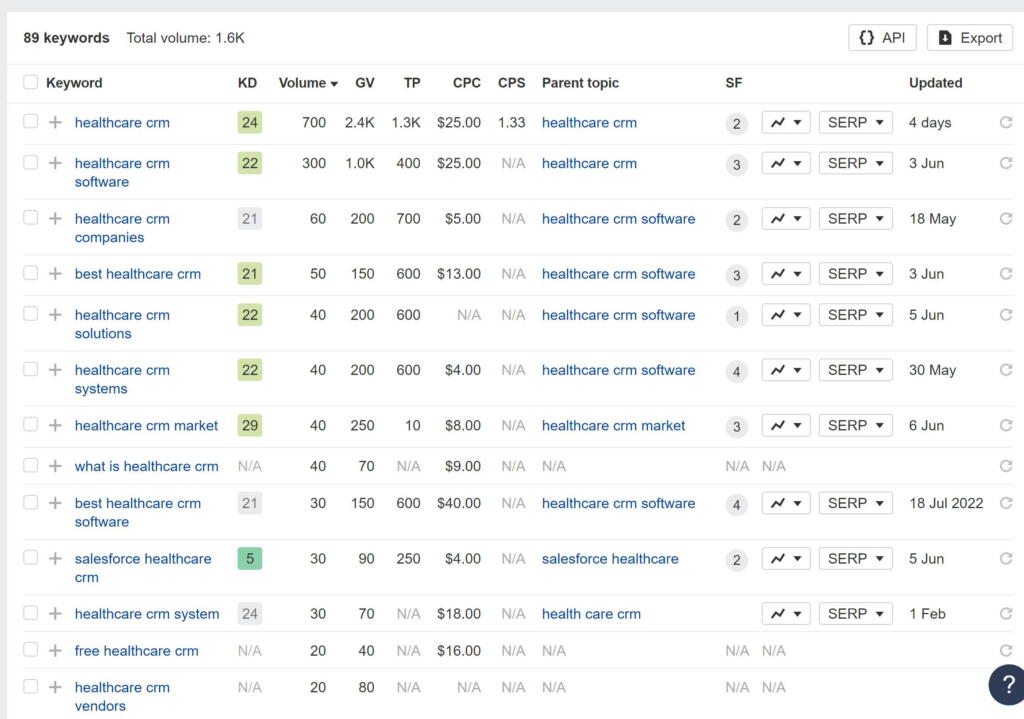
Finding Relevant Keywords within Topics
To conduct effective topic-based keyword research, it’s crucial to explore various avenues for discovering relevant keywords related to your main topic.
Here are some strategies to consider:
- Analyzing Search Queries: Start by examining popular search queries related to your main topic using tools like Google Trends or keyword research platforms (Ahrefs or SEMRush). Look for patterns in user behavior and identify frequently searched terms.
- Identifying Subtopics: Break down your main topic into subtopics or categories that users might be interested in. This helps you uncover additional keywords associated with each subtopic.
- Exploring Related Topics: Expand your reach by exploring related topics that complement your main subject area. This way, you can discover new keywords with high relevance and potential traffic.
- Assessing Competition Keywords: Analyze competitors’ websites to identify the keywords they are targeting within similar topics. This can provide insights into effective keyword choices and help you differentiate your content strategy.
Structuring Content Around Topics
Once you have identified a range of relevant keywords within your chosen topics, it’s essential to structure your content accordingly:
- Organize Content Hierarchically: Use a hierarchical structure to arrange your content, starting with the main topic and branching out into subtopics. This ensures that search engines understand the relationship between different elements of your content.
- Optimize for Long-Tail Keywords: Incorporate long-tail keywords naturally within your content to capture specific search queries. These longer and more specific phrases often have less competition, making it easier to rank higher in search results.
- Create Comprehensive Guides: Develop comprehensive guides or pillar articles that cover multiple topics within your niche. This not only demonstrates expertise but also helps you target a wider range of relevant keywords.
- Leverage Internal Linking: Use internal links strategically to connect related topics within your website. This improves user experience and helps search engines navigate through your content more effectively.
Creating Topic Clusters: Grouping Keywords into Clusters:
Topic clusters are a powerful SEO strategy that involves grouping related keywords around a central pillar topic or core concept.
By organizing your content in this way, you can create an interconnected network of information that reinforces your website’s topical authority and improves its overall SEO performance.
Each topic cluster consists of a pillar page, which serves as the main hub for the topic, supported by several subtopic pages.
These subtopic pages are linked to the pillar page through hyperlinks, creating a web of interconnectivity within your website.
This structure not only enhances user experience but also helps search engines understand the relationships between different pieces of content on your site.
One of the key benefits of creating topic clusters is improved website structure.
Instead of having individual pages scattered throughout your site, clustering allows you to organize them in a logical and cohesive manner. This makes it easier for both users and search engines to navigate and find relevant information.
Furthermore, topic clusters enhance the user experience by providing comprehensive coverage of specific subjects.
When users visit your pillar page, they can easily access all related subtopics without having to search extensively. This seamless navigation keeps users engaged and encourages them to spend more time exploring your content.
From an SEO perspective, creating topic clusters has numerous advantages. Firstly, it helps establish topical authority for your website.
By focusing on a specific theme or subject matter with multiple related pages, you demonstrate expertise in that area to search engines. This can result in higher rankings for relevant keywords and increased visibility in search results.
Topic clusters allow you to target a broader range of keywords while still maintaining relevance and coherence within each cluster. By incorporating various long-tail keywords and related terms into different subtopic pages, you increase the chances of ranking well for multiple search queries.
To create effective topic clusters, start by identifying a seed topic or core concept that is broad enough to support multiple subtopics. This could be a general theme related to your industry or a specific aspect of your products or services.
Once you have the seed topic, conduct keyword research to identify relevant keywords and phrases that can be used as subtopics.
Next, create a pillar page that covers the main topic in-depth and provides an overview of the subtopics. This page should serve as a comprehensive resource for users seeking information on the subject. Each subtopic should then have its own dedicated page linked back to the pillar page using hyperlinks.
When creating content for each subtopic, ensure that it is unique and offers valuable insights or information.
Avoid duplicating content across different pages within the cluster, as this can negatively impact SEO performance.
Implementing Interlinking: Hyperlinks and Structured Data
Interlinking is a crucial aspect of SEO that involves connecting different pages within a website through hyperlinks.
This practice not only helps users navigate through a website but also assists search engines in understanding the relationships between various topics and pages.
By implementing interlinking and structured data, you can enhance your website’s navigation, improve organic rankings, and provide additional context about your content.
Semantic Interlinking: Connecting the Dots
Semantic interlinking is all about creating meaningful connections between related entities within your website.
By strategically placing internal links, you establish a logical structure that search engines can crawl and understand. These internal links act as signposts, guiding both users and search engine crawlers to relevant information on your site.
Internal linking is not just about randomly inserting links; it requires thoughtful planning to ensure an organized site structure.
Consider grouping related topics together by creating topic clusters or SEO silos. This approach allows search engines to identify the main pillar content and its supporting articles, boosting their visibility in search results.
The Power of Backlinks: Building Authority
While internal linking focuses on connecting pages within your own site, backlinks play a significant role in establishing authority from external sources. Backlinks are essentially other websites linking to yours, indicating that they find your content valuable and trustworthy.
Building quality backlinks requires a proactive approach. Reach out to relevant websites in your niche or industry and propose collaborations or guest posting opportunities.
Create exceptional content that naturally attracts backlinks from other web resources. Remember, the more authoritative the website link to yours, the higher your chances of ranking well in search engine results.
Structured Data Markup: Providing Context
Structured data markup adds an extra layer of information to your website’s content using schema.org vocabulary. It helps search engines better understand the context of your data by providing specific details about entities mentioned on your pages.
By implementing structured data, you enable search engines to display rich snippets in search results. These snippets can include additional information such as ratings, reviews, prices, and event details.
Rich snippets not only enhance the appearance of your listings but also increase click-through rates by providing users with valuable information upfront.
Enhancing User Experience: Navigating with Ease
Implementing interlinking and structured data not only benefits search engines but also enhances the user experience on your website.
By providing clear navigation paths through internal links, visitors can easily explore related topics and find relevant content. This improves engagement and encourages users to spend more time on your site, ultimately boosting organic rankings.
Additional FAQs on Topical Map SEO
How Long Does It Take to See Results from Topical Map Seo?
The timeline for seeing results from topical map SEO varies depending on factors such as competition, website authority, and the consistency of your efforts.
Generally, it takes several months to start noticing significant improvements in search engine rankings and organic traffic.
Can I Implement Topical Map Seo on An Existing Website?
Yes, you can implement topical map SEO on an existing website.
Start by conducting a thorough content audit, identifying relevant topics, and mapping out your content accordingly.
Then focus on optimizing existing pages and creating new content to fill any gaps in your topical coverage.
Is Interlinking Important for Topical Map Seo?
Yes, interlinking is crucial for topical map SEO. It helps establish relationships between pages and signals to search engines the organization of your content.
By strategically linking related pages within your website, you enhance user experience and improve crawlability.
How Often Should I Update My Topical Content Map?
Regular updates to your topical content map are essential to maintain relevance and stay ahead of competitors.
Aim to review and update it at least quarterly or whenever there are significant changes in your industry or target audience’s interests.
Can I Use Slang or Colloquial Language in My Content for Topical Map Seo?
While using slang or colloquial language may resonate with certain audiences, it’s essential to consider your target audience’s preferences and the overall tone of your brand.
In some cases, a more professional tone might be more appropriate for establishing authority.
Remember that implementing these strategies requires consistent effort over time.
Stay up-to-date with the latest trends in SEO and continuously refine your approach to maximize the benefits of topical map SEO for long-term success.
Key Takeaways from Topical Map SEO
In conclusion, understanding and implementing topical map SEO can greatly enhance your website’s visibility and authority in search engine rankings.
By following the guidelines of semantic SEO and creating a topical content map, you can effectively optimize your website for relevant topics and keywords.
Here are the key takeaways to remember:
- Topical Authority: Building topical authority is crucial for SEO success. It involves establishing expertise and relevance on specific subjects within your industry.
- Semantic SEO Significance: Semantic SEO focuses on the meaning behind words, allowing search engines to understand the context better. It helps improve search results accuracy.
- Topical Mapping: Topical mapping aligns with semantic SEO by organizing your content into clusters or groups based on related topics. This improves user experience and search engine crawlability.
- Creating a Content Map: Developing a comprehensive content map ensures that you cover various aspects of a topic while targeting relevant keywords strategically.
- Expanding Topical Authority: Continuously expanding your topical map through regular updates, fresh content, and effective interlinking strengthens your website’s topical authority over time.
- Topic-Based Keyword Research: Conducting thorough keyword research helps identify topic clusters and primary keywords to focus on when creating content.
- Grouping Keywords into Clusters: Grouping related keywords into clusters allows you to create pillar pages that provide comprehensive information while linking to supporting cluster content.
- Implementing Interlinking: Utilizing hyperlinks and structured data within your content enhances user navigation, promotes engagement, and signals to search engines the relationships between pages.
By implementing these strategies consistently, you can improve your website’s visibility in search results, attract more organic traffic, and establish yourself as an authoritative source in your niche.
